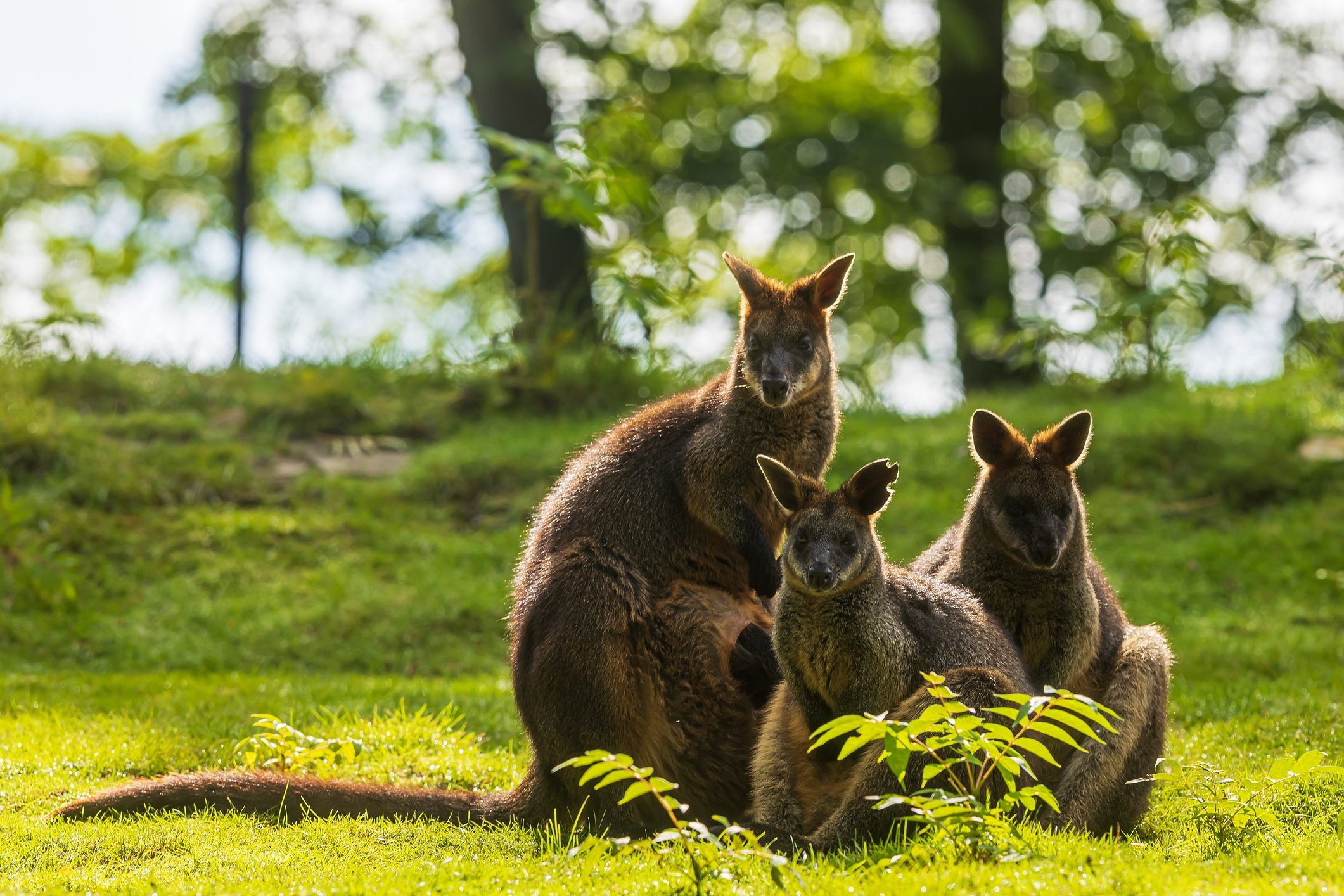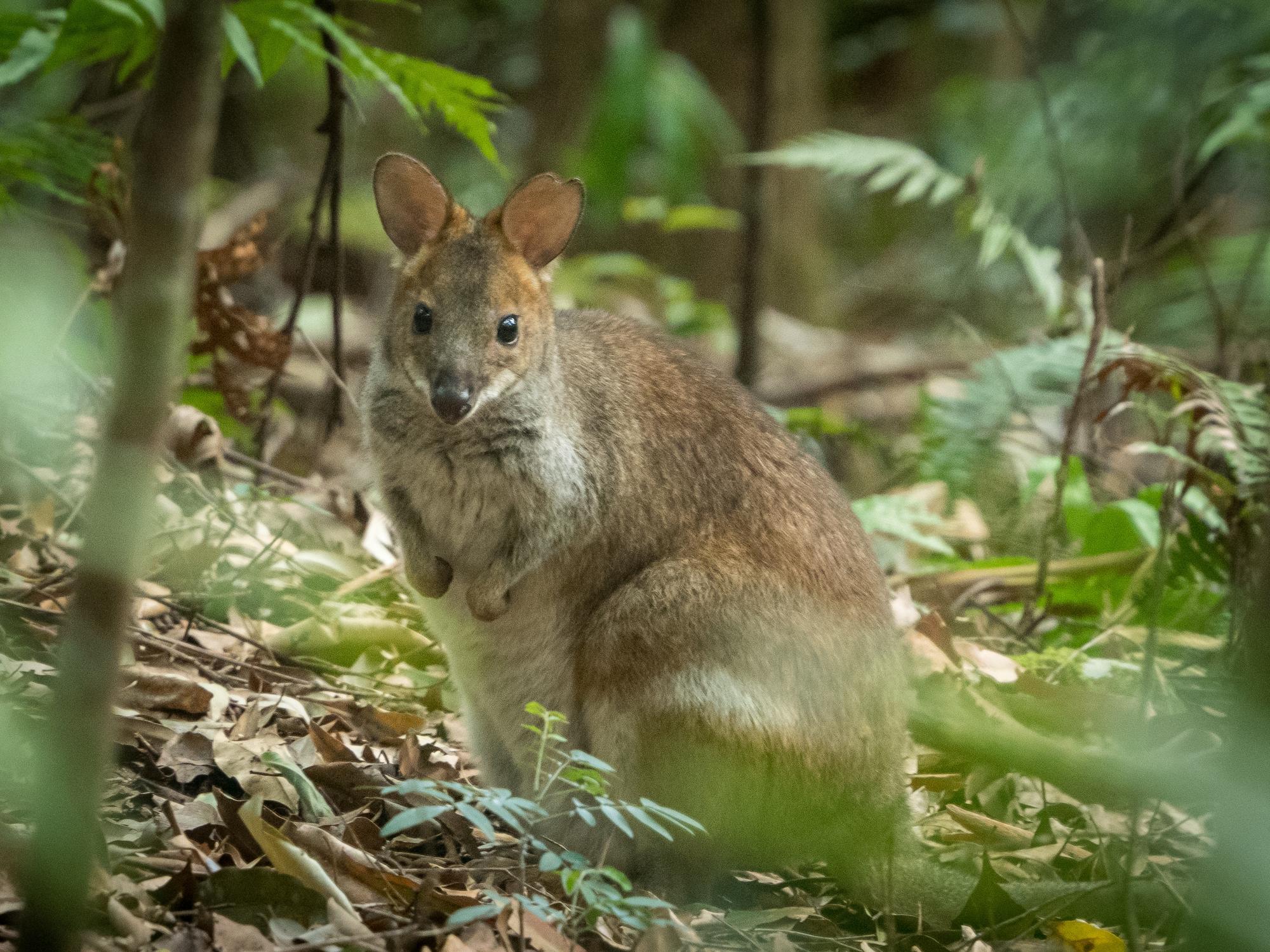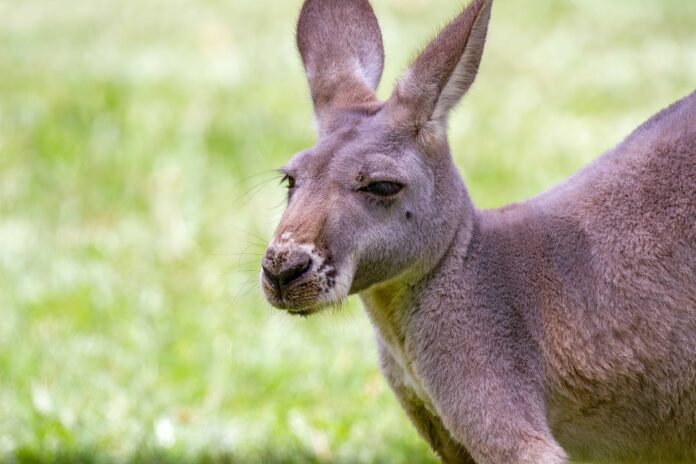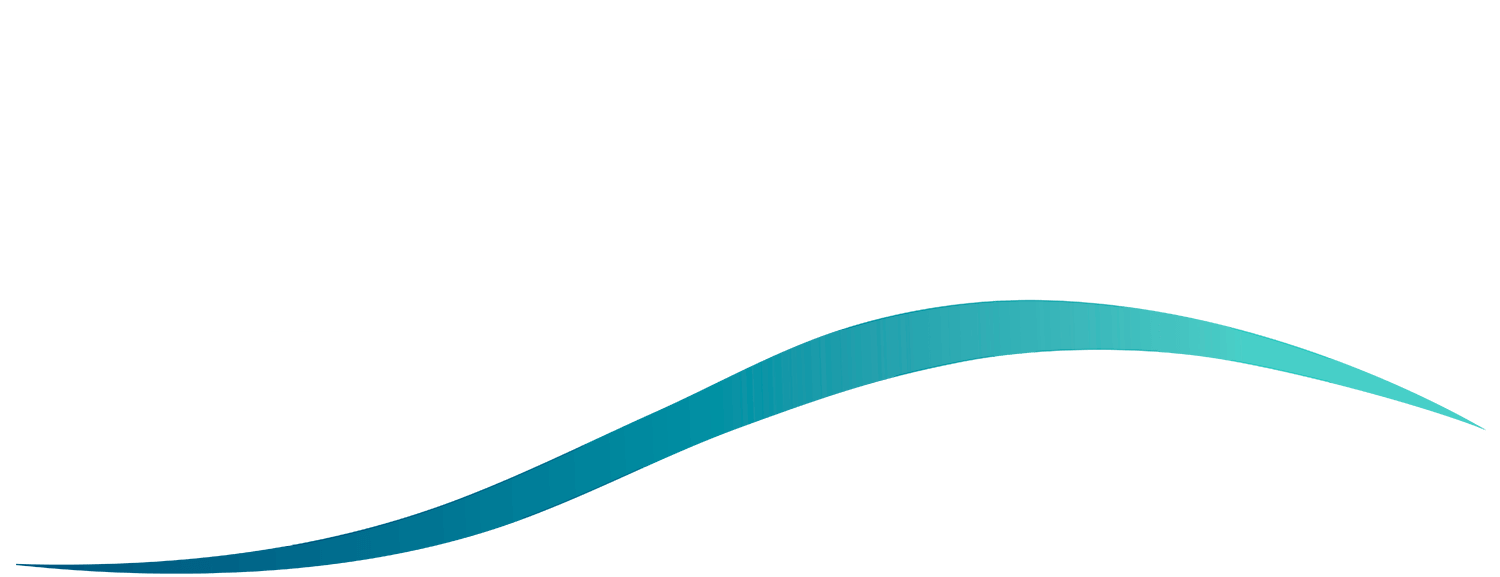A draft conservation plan is calling on the community and levels of government to help protect macropods in the region.
Numbers of kangaroos, wallabies and pademelons are in decline, as the Sunshine Coast continues to grow.
It’s hoped the Draft Sunshine Coast Macropod Conservation Plan will lead to improved protection of the animals.
It called for a strong partnership between Sunshine Coast Council, the local community and Queensland Government agencies and outlines a list of actions that council can undertake to help the species thrive.
Residents can have their say before June 5.
Sunshine Coast Environment and Liveability Portfolio Councillor Maria Suarez said council was determined to address the challenges the region faced in protecting macropods.
“It’s pretty special to be able to watch an eastern grey kangaroo lounging around the local golf course or a pademelon hop through a Sunshine Coast reserve,” she said.
“Like us, macropods are widespread and highly mobile – their home is now also our home, and our community is growing.
“It’s no surprise that this brings challenges to their survival.
“The Sunshine Coast community has told us how much they value these animals, and in partnership with our local wildlife rescue groups and macropod ecologists, council has prepared a draft Sunshine Coast macropod plan to guide the future protection of macropods across our urban landscape.”

Science and research have gone into developing the draft plan.
Council’s Fauna Movement Study and Gene Flow Analysis, which was conducted in partnership with the University of the Sunshine Coast, has provided a better understanding of the key movement pathways of macropods across the Sunshine Coast local government area.
The draft plan includes actions to further verify this work and develop guidelines for development, habitat protection and recommendations for the installation of infrastructure that could prevent wildlife collisions.
Environment and Liveability Portfolio Councillor Peter Cox said a united approach was needed.
“Council can only manage what happens on its own land – it does not have responsibility for areas that are managed by a private entity, such as a developer, or Queensland Government,” he said.
“This is why the plan highlights the importance of strong partnerships with all stakeholders across the Sunshine Coast.
“Together, we can live in a wildlife-friendly biosphere.”
The Macropod conservation plan has been funded through the Sunshine Coast Environment Levy.
The plan was set to be adopted in September.

Local macropods
- Eastern grey kangaroo: Open, grassy plains close to grassy woodlands and forests for shelter.
- Swamp wallaby: Mainly thick forest undergrowth or coastal heath.
- Whiptail wallaby: Grassy open woodlands, particularly in hilly and sloped environments. Commonly found in mountainous areas.
- Black-striped wallaby: Shelters in dense vegetation during the day and ventures into the open at night. Dense patches of woody and shrubby vegetation, including lantana thickets for daytime shelter.
- Red-necked wallaby: Eucalypt forests and coastal scrub close to open areas for foraging.
- Red-legged pademelon: Primarily a rainforest species but has been observed in dense sclerophyll forests. Occasionally forage in open pastures but remain alert and vigilant.
- Red-necked pademelon: Wet sclerophyll forests and rainforests within close proximity to open grasslands and pastures.
Subscribe to our FREE daily news feed. All it requires is your name and email at the bottom of this article.





